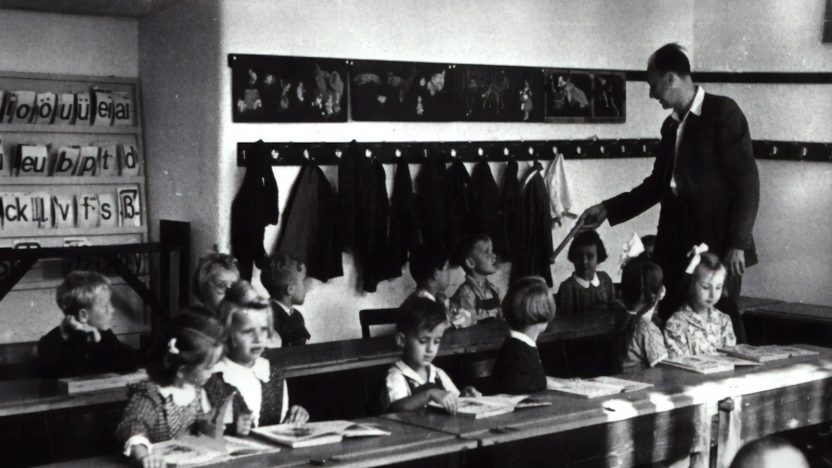
In a recent article published by the World Economic Forum on December 27, 2017, renowned futurist Thomas Frey predicts that the largest company in 2030 will be an education company.
For EdTech entrepreneurs like me, that’s an incredibly exciting prediction. Education, as we know is the toughest industry to disrupt — globally.
Unfortunately, Frey focuses on a rather trivial and narrow vision for 1) the future of learning with AI, and 2) which education problems really need to be solved by intelligent robots by 2030.
Frey envisions a future of MOOCs driven by instructional robots with AI that tracks learners’ responses, strengths and weaknesses during online tutoring sessions, advancing in a curriculum composed of well-defined sets of problems.
Over 50 years of research on tech-infused learning and epistemological development with computational technology suggest Frey’s future MOOCs with intelligent tutoring bots and methods, even when are algorithmically personalized, can be effective mostly at raising achievements in tests on well-defined problems and subjects.
The problem with Frey’s future-casting on this specific topic is that he is limited to only seeing these intelligent bots as supplements or replacements for traditional instructional human tutoring processes; rather than envisioning the much needed, profoundly more creative intelligent learning environments that support creative innovative social learning in open-ended, design oriented problem spaces — like the ones that will be required to invent, build and program the products of these very same education companies of the future in 2030 and onwards!
Why? Because a learner’s struggle while solving a well-defined problem in algebra is very different than a struggle with conceptualizing and designing a piece of VR, intelligent science simulation, gaming software, social mobile app, or even a tutoring bot that has AI to support creative project-based learning in Computer Science, Smart City Design, Sustainable Architecture, or VR-AR systems that support an Agriculture-Tech entrepreneur’s lifestyle in Africa – to name a few.
Frey’s intelligent bots may be able to offer some homework help for *today’s* school kids completion of math worksheets, but may not be good enough at helping the next billion children learn on a common platform how to think about big questions, co-design, prototype, and code blockchain-platforms with intelligent education systems that can support learners and teachers globally in building new forms of education, governance, farming, community health, or digital citizenship.
It’s up for us EdTech experts to guide futurists like Frey — and others who build deep learning education within Google, IBM and Amazon — in a totally different direction: where AI-infused learning platforms and robots can help learners master the subtleties of collaborative innovative thinking, more messy project-based learning, data science programming, blockchain platforms, and socially-constructed epistemological processes supported by bots. That’s what the future is about and that’s what we need to design/solve faster, not math worksheets.
While one of the greatest hurdles for machine learning is grasping constructive social interactions during learning in open-ended problem spaces and design environments; and while AI robotic systems of today are still less cognitively capable than most young humans, we still need to stir our futurists’ predictions in a direction that will yield thousand education companies that make meaningful impact on the next billion learners by 2030.


